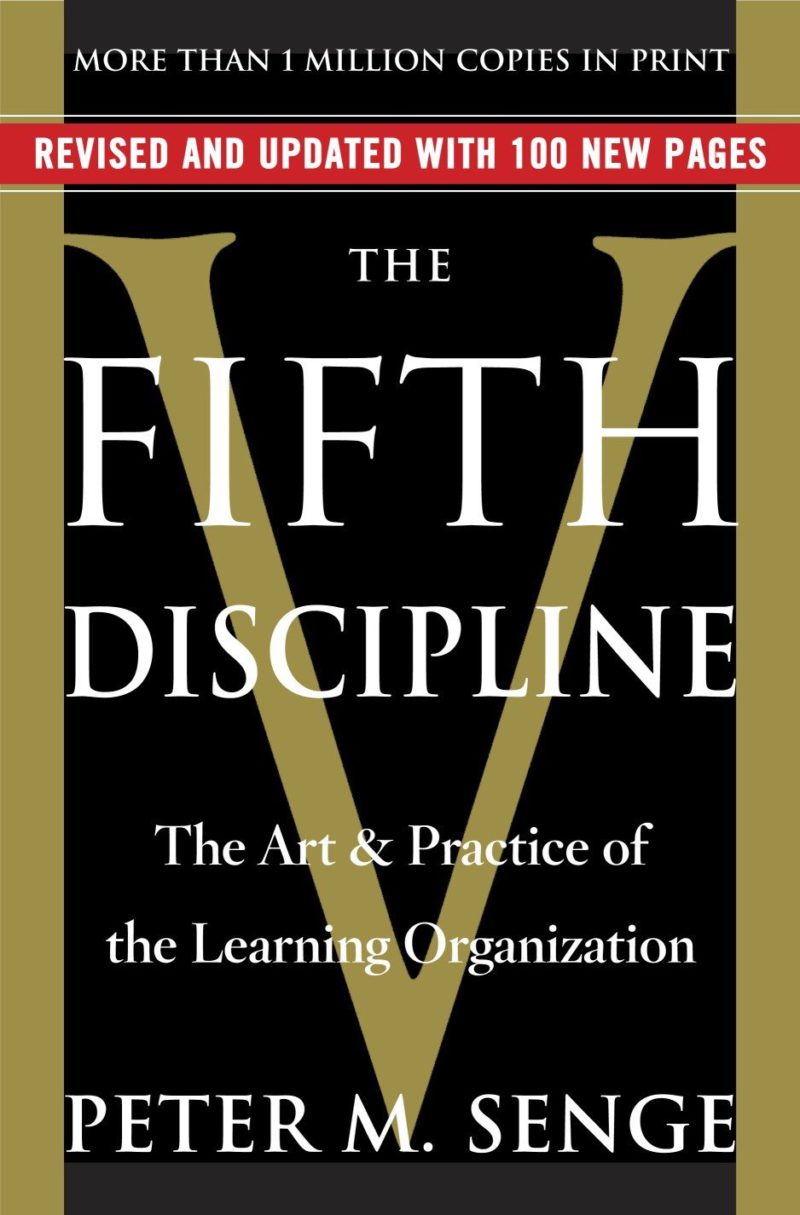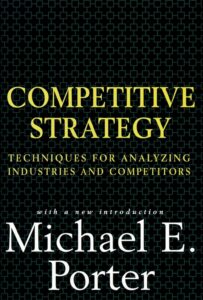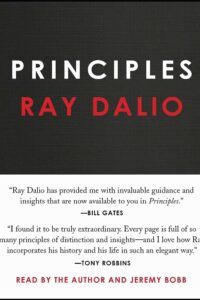A Deep Dive into "The Fifth Discipline" and the Power of Systems Thinking
"The Fifth Discipline" by Peter M. Senge offers an insightful exploration into creating learning organizations through systems thinking, revealing how interconnected and holistic approaches can transform organizational learning and address inherent learning disabilities.
Subjects: Managing Organizations, Growth Strategy, System Thinking
“The Fifth Discipline: The Art & Practice of The Learning Organization” stands as a seminal work in understanding the dynamics of organizations and the importance of fostering learning within them. At its heart, the book introduces the concept of the ‘learning organization,’ a place where people continually expand their capacity to create the results they truly desire. Senge argues that the only sustainable competitive advantage is an organization’s ability to learn faster than its competition.
One of the book’s most compelling contributions to organizational development and management theory is its detailed exploration of systems thinking. Systems thinking is presented as the fifth discipline, essential for integrating the other four disciplines (personal mastery, mental models, building shared vision, and team learning) into a cohesive framework. This approach is pivotal in understanding the complex, interconnected problems that businesses face today.
Senge posits that conventional approaches to organizational problems—rooted in linear thinking and focused on isolating individual components for analysis—fall short of addressing the complexities inherent in modern organizations. Systems thinking, by contrast, encourages seeing patterns and interrelationships, enabling leaders and employees to better understand and influence the dynamics at play within their organization.
The book meticulously examines the learning disabilities that hinder organizations from becoming true learning organizations. These disabilities include “I am my position,” “the enemy is out there,” and the illusion of taking charge, among others. These are systemic issues that stem from traditional hierarchical structures and a limited understanding of the organization as a whole system. Senge provides a thorough analysis of each disability, offering insights into how they manifest within organizations and proposing systems thinking as a remedy to overcome these barriers.
Furthermore, “The Fifth Discipline” serves not just as a critique but as a practical guide, offering tools and techniques for applying systems thinking in organizations. Senge’s work is rich with examples and case studies that illustrate the transformative potential of embracing systems thinking and other disciplines. The emphasis on practical application helps bridge the gap between theory and practice, making it accessible and relevant to managers, leaders, and employees at all levels.
In comparison to similar works in the field, “The Fifth Discipline” distinguishes itself with its holistic approach and its focus on systemic change rather than quick fixes. It aligns with and expands upon other management theories that emphasize organizational culture, continuous improvement, and strategic thinking, such as those proposed by W. Edwards Deming and Peter Drucker. However, Senge’s unique contribution is the integration of these concepts within the framework of the learning organization, driven by systems thinking.
What is Systems Thinking?
Systems thinking is a conceptual framework that focuses on understanding the interrelated components of complex systems. It involves recognizing that the components of a system can only be understood in the context of their relationships with each other and with the system as a whole. In the context of “The Fifth Discipline,” systems thinking is presented as the cornerstone of the learning organization, enabling individuals and teams to see beyond their immediate tasks and understand the broader implications of their actions on the organization’s success. By adopting a systems thinking approach, organizations can shift from reactive problem-solving to proactive shaping of their future.
Conclusion:
“The Fifth Discipline” by Peter M. Senge offers a profound and timeless insight into the creation and nurturing of learning organizations. Its emphasis on systems thinking as a critical component of organizational learning and development provides a valuable lens through which to view and address the complex challenges facing today’s businesses. By fostering an environment where systems thinking is practiced and valued, organizations can unlock their potential for continuous learning, adaptation, and growth.
Follow-Up Questions:
- How can organizations practically implement the five disciplines in their daily operations?
- What are the most common challenges organizations face when transitioning to a learning organization model?
- Can you suggest further readings that complement the concepts introduced in “The Fifth Discipline”?
For those interested in further exploring the concepts introduced in “The Fifth Discipline” by Peter M. Senge, the following books are highly recommended:
- “Learning to Learn” by Chris Argyris and Donald A. Schön – This work dives deeper into the idea of organizational learning, exploring the concept of “double-loop learning” and how organizations can learn from their actions and underlying policies.
- “Thinking in Systems: A Primer” by Donella H. Meadows – A perfect complement to Senge’s systems thinking, Meadows’ book offers a clear and concise introduction to the theory and practical application of systems thinking.
- “Organizational Culture and Leadership” by Edgar H. Schein – Schein’s exploration of organizational culture as a complex system complements Senge’s work by providing insights into how leadership and culture influence organizational learning and change.
- “The Lean Startup: How Today’s Entrepreneurs Use Continuous Innovation to Create Radically Successful Businesses” by Eric Ries – While focusing on startups, Ries’ book offers valuable insights into how principles of learning and systems thinking can drive innovation and success in any organization.
- “Good to Great: Why Some Companies Make the Leap…and Others Don’t” by Jim Collins – Collins’ research into how companies achieve sustained excellence resonates with Senge’s emphasis on systemic thinking and the continuous learning process.
These books expand on the ideas of organizational learning, systems thinking, and leadership, providing a broader understanding of how these principles can be applied in various contexts to drive change and improve performance.




